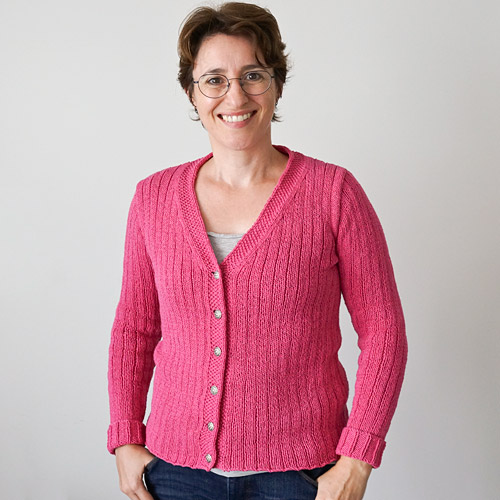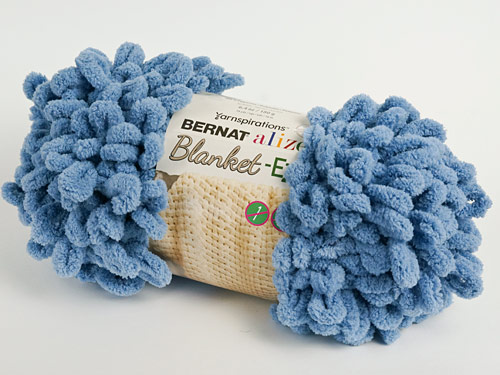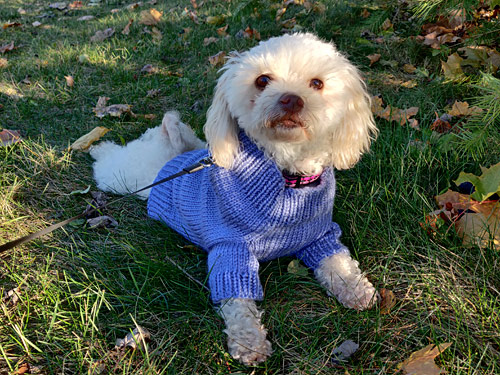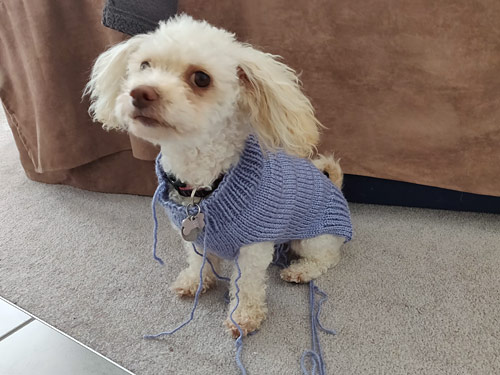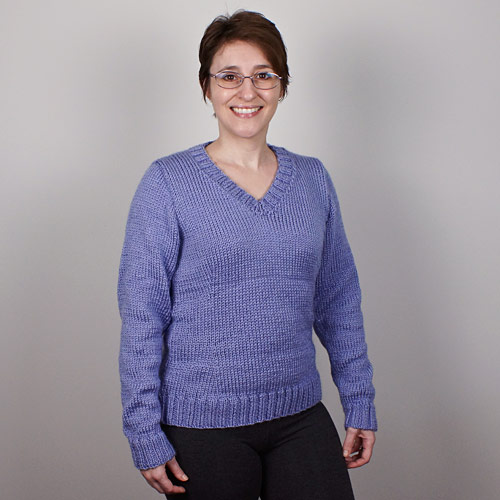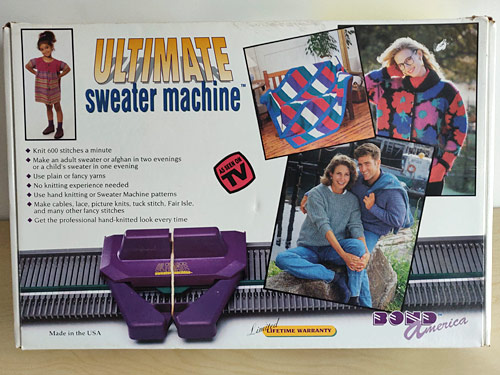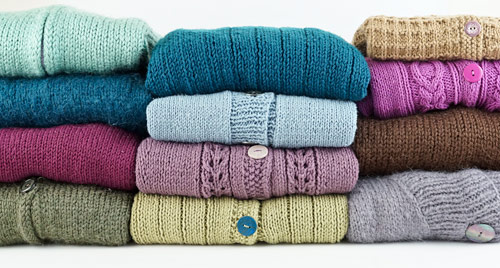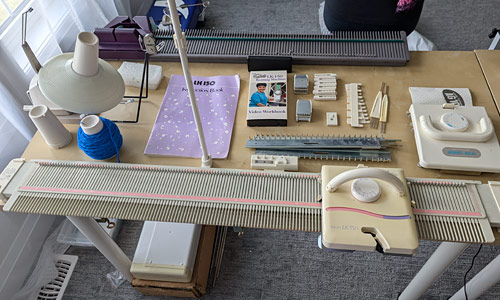
I have a new (to me) knitting machine! The Studio LK150 is a mid-gauge machine, and a big step up from my Ultimate Sweater Machine, which is so basic it’s sometimes called a ‘toy’ (although it’s definitely not a toy, and I’ve made several sweaters with it). My ‘new’ (to me) LK150 knitting machine This […]

